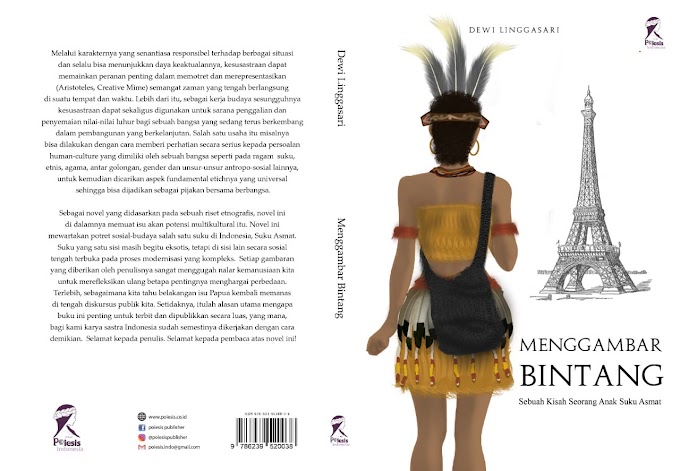 Some believe that although people today are scattered around the world, they were all once connected in the past and share common traits.
Some believe that although people today are scattered around the world, they were all once connected in the past and share common traits.Motifs and patterns found in Viking craftsmanship in Norway for instance bear much resemblance to those of our Dayak tribes from Kalimantan.
Although there is no historical proof Vikings ever visited Indonesia, we cannot help but take note of the similarities.
Indonesia’s famous dance choreographer from Papua, Jecko Siompo, also believes similarities of this sort are more than just coincidences. In this case, he has chosen to focus on the relationship between hip-hop and Papuan culture.
Jecko is of the mind that hip-hop was in fact born in Papua, as told by his great-grandmother.
He shared this opinion with The Jakarta Post in 2005: “I think something links North Africa and Papua when it comes to body and dance cultures, because the traces are so apparent” — hinting that these two cultures might have crossed paths in ancient times, through trade or other encounters.
“If Papua was technology-wise on par with America, we’d all be dancing like those in Manhattan, because we came from the same roots,” he added.
This basic idea led Jecko Siompo to combine Papuan tribal dancing and hip-hop movements in a choreography called “In Front Papua” in 2005.
Jecko continued to mix the two styles in his choreography called “We Came from the East”, which premiered on April 12.
The latter project, a collaboration between JeckosDANCE, the Goethe-Institut, Kampagnagel Hamburg, Hebbel-am-Ufer Berline and The Esplanade Singapore, has received applause from around the globe since its premier and was presented again on Tuesday at the Goethe-Institut in Jakarta.
Throughout this dance composition, Jecko recreated Papua’s animalistic and tribal world. In this one-hour tour-de-force, we were taken to the world of contemporary Papua where inhabitants lived as a tribe, mimicking the wilderness through synchronized-yet-frenetic and powerful movements.
Ten dancers, including two dancers from Germany, took us from a tribal world to an urbanized one with their performance, highlighting how cultures outside of Papua have slowly been assimilated there.
A cool remix of Suwe Ora Jamu (a Central Javanese folk song) and the live singing of Ampar — Ampar Pisang (a South Kalimantan folk song) gave way to an interesting mash-up of rap and jazz tunes, taking the audience on a journey from Papua’s tribal dancing to modern hip-hop.
In the hour-long show, Jecko showed how traditional dancing from his native Papua might have been the basis of modern hip-hop dancing, and that what comes across as frenetic movements in Papuan dancing is actually close to break dancing.
We applaud Jecko for making this piece not only breathtaking to watch but enjoyable as well. We loved how an element of comedy was added to the composition and came out at unsuspected moments.
With the growing popularity of dancing in popular culture and TV, Indonesia should be proud to have a talented and young choreographer such as Jecko Siompo.
He has proven that Indonesia can create on par with international standards.
Whether hip-hop is really rooted in Papuan dancing or not might just remain an idea. Nevertheless, we need more crazy ideas like this. So what is your crazy idea?
Source; www.thejakartapost.com








0 Komentar